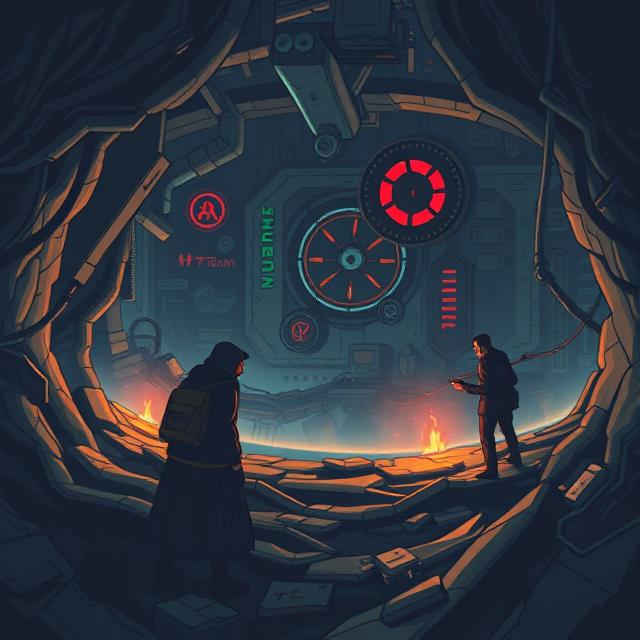Some of the most impressive systems in games are never explained. Hidden mechanics—those subtle features that affect gameplay without overt tutorials—often go unnoticed, yet they shape how a game feels and functions.
In Dark Souls, enemies subtly react to light and sound. Wearing heavier armor can draw more attention. These aren’t advertised in menus, but careful players pick up on them. The game rewards observation over instruction.
The Legend of Zelda: Breath of the Wild is full of hidden systems: metal attracts lightning, fire spreads through dry grass, and NPCs remember past actions. These mechanics aren’t in a guide—they’re discovered naturally through experimentation.
Red Dead Redemption 2 tracks your horse’s bond level, weather affects NPC behavior, and corpses decay over time. These details enhance realism, even if many players never notice them consciously.
Hidden mechanics serve multiple purposes:
- Depth: Encourage mastery and replayability
- Immersion: Make the world feel alive and reactive
- Discovery: Reward curious players without hand-holding
However, if too much is hidden, players may miss important systems or feel confused. The balance lies in designing mechanics that are learnable through play, not dependent on external guides.
Games that include hidden mechanics signal a high level of design confidence. They assume the player is intelligent, curious, and engaged. And for many, discovering these features becomes more satisfying than completing a quest.


Leave a Reply